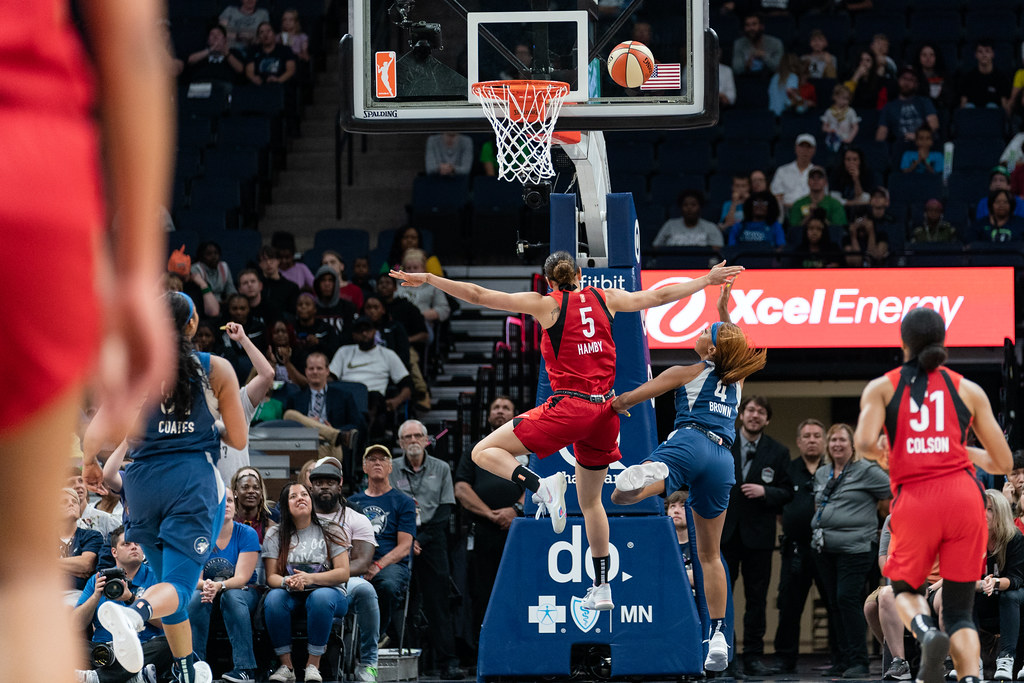
The recent surge in the WNBA’s popularity has had a side effect I didn't anticipate: all this discussion about women’s bodies. It might seem a strange thing to be surprised by but, confusingly, in sports, athletes’ bodies often seem secondary to the actions they execute.
You have reached your article limit
Sign up for a digital subscription and continue reading all new issues, plus our entire archives, for just $1.50/month.
Already a subscriber? Sign in





